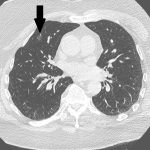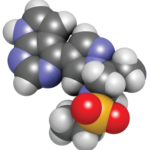The meta-regression did indicate, however, that endothelial function measurement technique made a significant contribution to heterogeneity. In fact, a pooled analysis under the mixed-effects model suggested that 40.5% of the total amount of heterogeneity could be accounted for by including endothelial function technique as a moderator in the model. Nevertheless, despite the heterogeneity of the publication, the results from the meta-analysis do raise the possibility that certain subsets of patients may benefit from treatment more than others. In this way, the new review contrasts with previous reviews, which did not find an effect of anti-TNFα molecules on measures of arterial stiffness and endothelial dysfunction.
Lara C. Pullen, PhD, is a medical writer based in the Chicago area.
Reference
- Ursini F, Leporini C, Bene F, et al. Anti-TNF-alpha agents and endothelial function in rheumatoid arthritis: a systematic review and meta-analysis. Sci Rep. 2017 Jul 13;7(1):5346. doi: 10.1038/s41598-017-05759-2.

